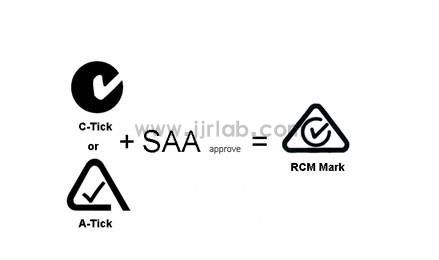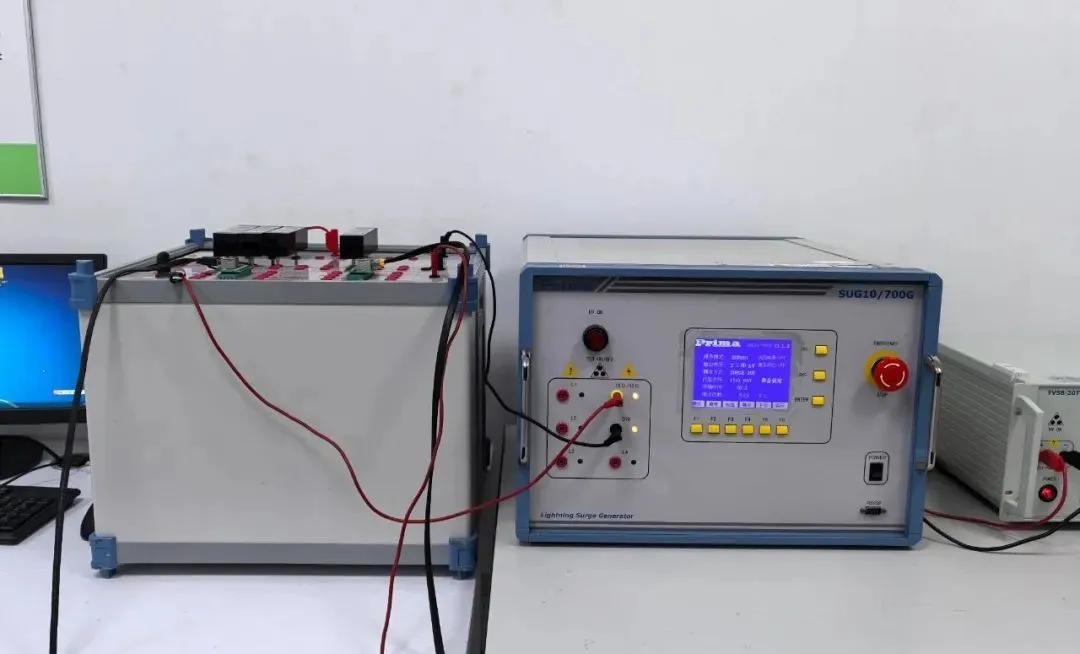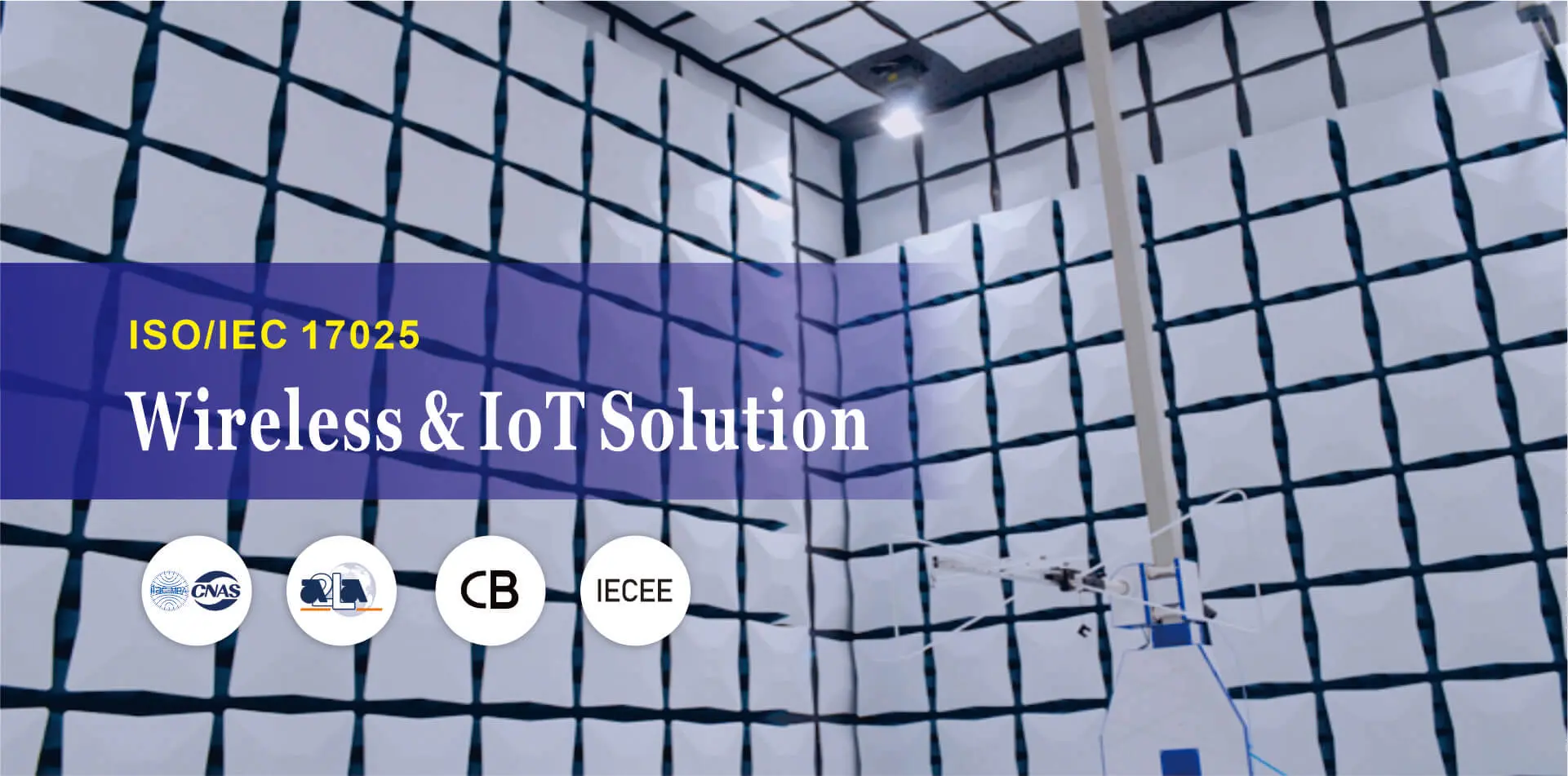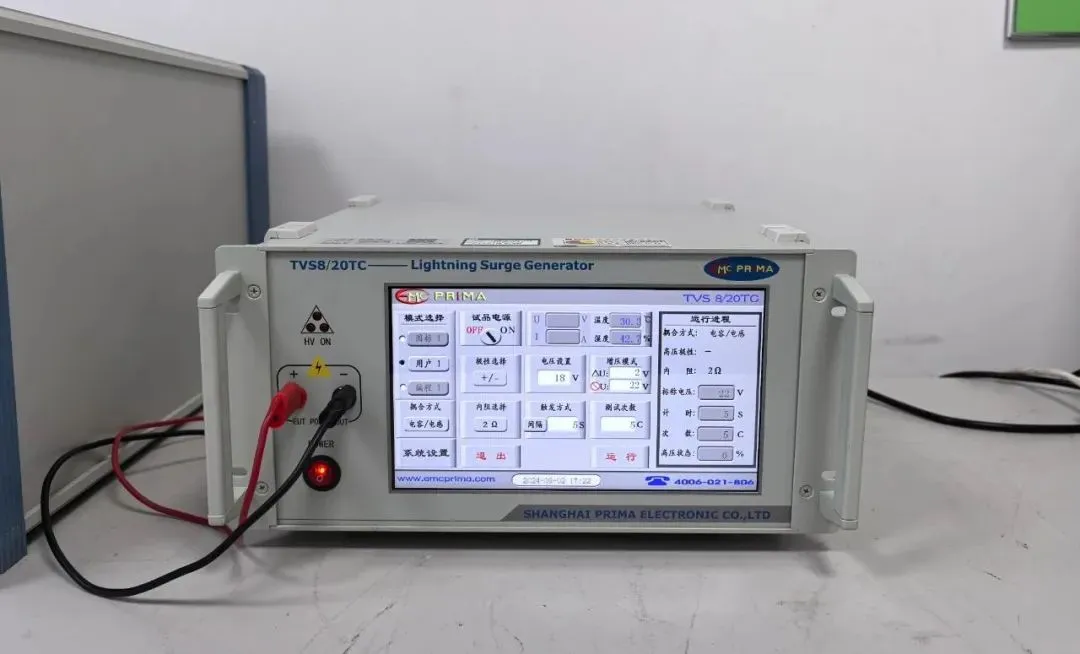
RCM Australia & New Zealand
Introduction to RCM
The Regulatory Compliance Mark (RCM) is a registered mark indicating that the supplier declares the product complies with the electrical safety regulations and requirements of all Australian states and New Zealand. It also signifies conformity with the electromagnetic compatibility (EMC) requirements under the Australian Radiocommunications Actand the New Zealand Radiocommunications Act. Only products that meet both electrical safety and EMC regulatory requirements are eligible to use the rcm mark.
The RCM mark is owned by the federal government. Both electrical safety and EMC regulatory authorities accept it as a supplier’s declaration of conformity. Once a supplier is authorized to use the RCM mark in any one state, all other states and territories recognize it—achieving a "certified once, accepted nationwide" status.
Suppliers must apply for and register before using the RCM mark. Once registered, the supplier can use the mark on all products that meet applicable laws and regulations. If any product bearing the RCM mark is found to be non-compliant, penalties will be imposed under Australia’s Trademark Law.

Applicable Countries
1. Australia
2. New Zealand
3. Nauru
4. Fiji
5. Solomon Islands
6. Kiribati
7. Federated States of Micronesia
8. Tuvalu
9. Tonga
10. Marshall Islands
11. Vanuatu
12. Papua New Guinea
13. Samoa
Application Process
rcm certification Process in Australia
1. Product evaluation by a third-party laboratory to determine applicable test standards.
2. If non-conformities are found, the product must be rectified to meet Australian standards.
3. A test report is issued upon successful testing.
4. The test report is submitted to an Australian certification body for document review.
5. Upon approval, the rcm certificate is issued.
6. The supplier or testing laboratory completes registration on the Australian regulatory website.
Support Services
1. New RCM applications
2. Certificate renewal
3. Technical modifications to certificates
4. Administrative modifications to certificates
5. Certificate transfer to another holder
6. Certificate extension within the validity period
Certification Requirements
RCM certification can only be applied for by a local Australian company, which must obtain an RCM number from the Australian government.
Chinese manufacturers and exporters can conduct IEC or AS/NZS testing under their own name, but the RCM must be applied for by an Australian importer.
For example, if an Australian company owns two trademarks (A and B) and imports an identical batch of products from China—half labeled A and the other half B—then two separate annual registration feesare required.
Experts suggest that as the importer bears liability for non-compliance, and since non-Australian companies cannot apply for RCM directly, more mid-to-large Australian companies may move away from having Chinese manufacturers apply for saa certification. Instead, they will likely appoint reputable labs to perform reliable testing and provide compliant reports, while the Australian importerapplies for RCM certification.
Although Australian labs could theoretically apply on behalf of a company, due to the significant legal responsibility, most are unwilling to take on the risk unless compensated with a higher service fee.
rcm certification cost
JJR Laboratory in China provides RCM certification services. Depending on product testing requirements, costs range between USD 450–1,200.
FAQs and Clarifications
1. Importers and manufacturers in Australia and New Zealand must register for RCM use.
2. RCM does notapply to commercial or industrial electrical safety products.
3. Even if a product is not within RCM’s electrical safety scope, it may still require RCM marking to demonstrate emc compliance.
4. If you hold an saa certificate and comply with EMC regulations, you may label your product with the RCM mark.
5. Foreign companies cannot and do not needto register in the RCM system.
6. When foreign manufacturers obtain an SAA certificate for regulated (Class 3) products, those products are automatically registeredin the RCM database. Importers can then associate the certificate within the system.
7. If electrical safety certification is under the RECS system, Class 1 and 2 certificates are still uploaded to the RCM database.
8. Under the current RCM classification system:
Class I– Low risk
Class II– Medium risk
Class III– High risk
Classifications can be checked via AS/NZS 4417.2, and are subject to updates based on Australian regulations.
For Class III products, RCM registration is mandatory. Once the SAA certificate is issued by saa approvals, product data is automatically imported into the RCM system, streamlining the registration process.
Email:hello@jjrlab.com
Write your message here and send it to us
 CE Certification of Multimedia Devices with xDSL P
CE Certification of Multimedia Devices with xDSL P
 How to get ECE R65 Certification for Warning Light
How to get ECE R65 Certification for Warning Light
 What is EN71 Testing?
What is EN71 Testing?
 Amazon Toy Testing, Inspection and Certification
Amazon Toy Testing, Inspection and Certification
 Differences Between 3m and 10m Semi-Anechoic Chamb
Differences Between 3m and 10m Semi-Anechoic Chamb
 FCC Certification for Communication Power Supplies
FCC Certification for Communication Power Supplies
 Products on Amazon US That Require Direct TIC Vali
Products on Amazon US That Require Direct TIC Vali
 Projector CE Certification
Projector CE Certification
Leave us a message
24-hour online customer service at any time to respond, so that you worry!




